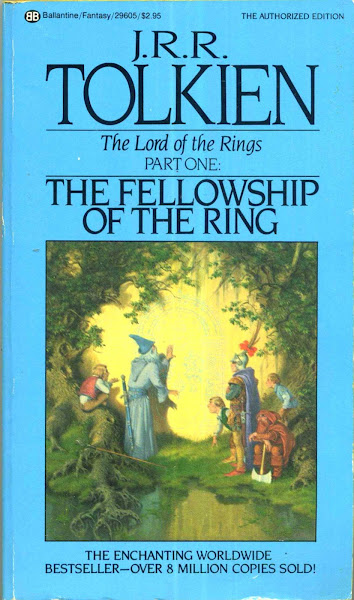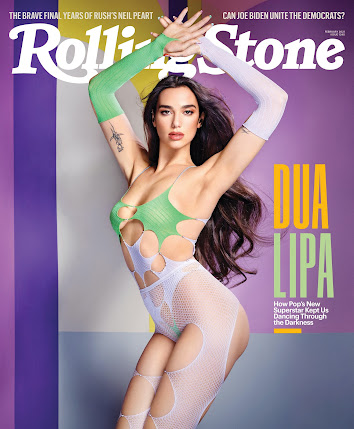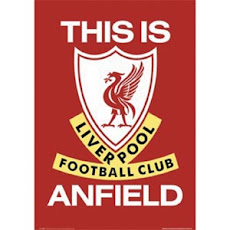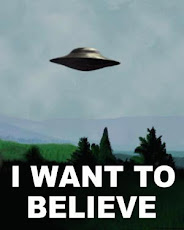This is from the column of my esteemed BM colleague Tessa Jazmines who i read lots when I was a kid (and still do today). As I wrote before, I read everyone back then. It was almost impossible to buy Sports Illustrated then as it was expensive (it still is) and a litle harder to find since specialty stores weren't in vogue. I later saw Ms. Jazmines serving as a manager for the UP Fighting Maroons and that made me think, "pwede pa yun." So that sort of was an inspiration during a short tenure with Ateneo Team B. Incidentally, Ms. Jazmines' husband went to Ateneo. Since Season 71, she's served as a mentor of sorts for me and it is quite a thrill to be working with people I read as a kid. The same goes when I sit down with guys like Quinito Henson, my editor Jun Lomibao, Sev Sarmenta, and others. I'm like a kid again. This is Ms. Jazmines' column today on Business Mirror. ---------------------------------- MY esteemed BusinessMirror colleague Rick Olivares blogged a beautiful piece on the reign of the Blue Eagles in the collegiate league in the ’80s recently. He called it “The Last Great Blue Dynasty, Part 1.” (You can read all about it at http://networkedblogs.com/p14433708.) I remember ‘em days, I told him. Because I was a true-blue Eagle fan. “That was an incredible time for basketball with none of this showbiz crap that follows the teams nowadays,” he answered. “Laro lang, love for the game, and ‘hulog’ was a nonexistent term.” I must agree. Why is it that when we look back at a time long past, we always think it was simpler, nicer, better then? Could it be because we can now solve the puzzle backwards? Or was it really less complicated in earlier days? Purer. More sincere. Less fussy. One thing’s sure. College ball now is not what it used to be. In fact, all of basketball isn’t. A vivid image I saw in the book NBA at 50 has been indelibly tattooed on my mind. It’s of National Basketball Association (NBA) playing uniforms hanging on nails inside wooden locker rooms. How Jurassic is that compared with today’s accommodations?! But that’s not all. If you’re old enough and can look back to how the game was played and experienced in those days, it’s a totally different dish altogether. From players to coaching staff to game venues to crowds to how the game is managed, it’s been a quantum leap. And what’s funny is that we hardly noticed that things were changing, because we were busily participating in the changes ourselves. I’ve singled out certain factors where you can spot and feel the most significant changes in the game. See if you agree with me. 1. Glitzy TV coverage TV was around in the early days of basketball, all right. I remember flickering black-and-white images of NCAA and MICAA games way back when. But that’s archaic compared with sports TV today. Now, TV coverage of basketball games is more comprehensive, flashier, special effects-riddled, filled with features and loaded with information. It’s got more commercials, more sponsors, a wider reach and bigger audiences. If there’s one factor that has made collegiate, semi-pro and pro basketball the great commercial successes that they are today, it’s television. TV exposure is responsible for raising prices on every ceiling. You do the math. 2. Good-bye radio, hello online Radio used to be the main medium for play-by-play sports reports. Does anyone here still remember that great radio sportsman, Willie Hernandez? His staccato reporting style brought hundreds of important and exciting games into the homes of many sports fans in the ’50s and ’60s—Olympics basketball and Asian Games events included. But now, we don’t get to listen to play-by-play reports on radio anymore. Do TV networks think radio audiences will diminish their viewership and prohibit them from covering the games? What we lost on radio, however, we gained online. Now, you can follow the game on Twitter and other web sites and even do live streaming. Times have really changed, huh? 3. Team setup Coaching staffs then were lean and mean. There was a head coach, an assistant coach, a manager and one or two staff. Today there is an intricate entourage behind most teams. A head coach, an assistant coach, a defensive coach, an offensive coach, a team trainer, a coach for big men, a coach for small men, a team doctor, a scouting coach, a statistician, a dietitian, a tape man, ball boys, maybe even a video person. Looks like everybody is focused on winning. “The goal…is not to win, but to take part.” Pierre de Coubertin said in 1908. 4. Players and their duds Players didn’t have managers in those days. They do now. From the collegiate level going up, today’s athletes are managed like stars or thoroughbreds in Santa Anita. Schools say managers for collegiate players mess up the soup, but that’s another story. As for player duds, cagers then swore by one brand of rubber shoes: Converse. Or Elpo. Now, players’ gear are a phenom by themselves. High-performance shoes are designed and manufactured as if they would help conquer space. Their price, like pro players’ salaries, is staggering. Then, each basketball player was given just one or two sets of uniforms—one dark, one light. Plus a jacket. Today, players have practice uniforms, practice T-shirts, collared T-shirts, jogging pants, workout sweats, one or two jackets. Plus, branded basketball bags. Cowabunga! 5. Crowds and cheers From the ’50s to the ’80s, they were called cheering squads. Now, they’re called pep squads or cheer-dance teams. Then, these crowd mobilizers simply contented themselves in the sidelines, with players as the acknowledged big stars of the basketball show. Today, cheer dance has been elevated to sports status, and pep squads hog the limelight on their own. Then, too, fans simply shouted and screamed and appreciated the game from the stands. Today teams have people to hold up streamers with names or images of marquee players. There’s more hoopla today than earnest basketball, particularly in the pro leagues. Eventually, will fans also have their own moment in the sun? 6. The purity of the game Rick said it all. Laro lang. Love for the game. There were no innuendoes about improper operations going on behind the scenes then. No suspicious-looking people whispering into cell phones at the end of quarters. No insinuations of foul play. Not in the collegiate leagues. No way! Now, true or not, there are talks of such that have rocked this holy of holies. We love how the game has evolved into the hotshot entertainment that it is today. But don’t you sometimes wish we could still watch some good, old-fashioned basketball?
Thursday, October 15, 2009
Love for the Game by Tessa Jazmines
Subscribe to:
Post Comments (Atom)









No comments:
Post a Comment